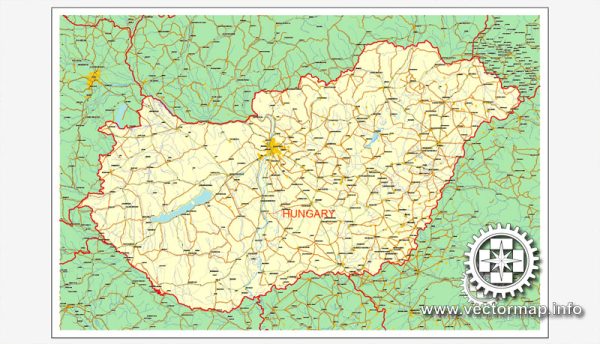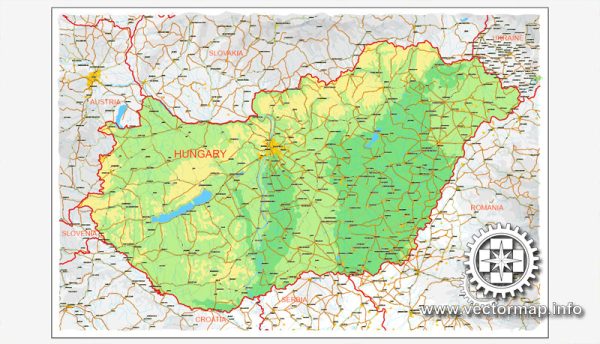Hungary has a rich history of urban development that spans many centuries. The evolution of Hungarian cities reflects the country’s changing political, cultural, and economic landscapes. Here is a brief overview of the history of urban development in Hungary:
- Ancient and Medieval Periods (1st century BC – 1526):
- The Roman Empire had a significant influence on the territory of present-day Hungary. Aquincum, the capital of the province of Pannonia, was a major Roman settlement.
- The arrival of the Magyars in the 9th century and the establishment of the Hungarian state led to the development of new settlements. Buda and Pest, situated on opposite banks of the Danube River, began to grow.
- Ottoman Rule (1526-1699):
- Hungary experienced a period of Ottoman occupation, which had a profound impact on urban development. Many towns suffered destruction, and some were abandoned.
- Buda was under Ottoman control for over 150 years, and during this time, the city underwent significant changes in terms of architecture and culture.
- Habsburg Era (Late 17th century – 1918):
- The Habsburgs liberated Buda from Ottoman rule in 1686, leading to a period of reconstruction and revitalization of Hungarian towns.
- During the 18th and 19th centuries, Baroque and later, Neoclassical architecture became prominent. Budapest, as a result of the unification of Buda, Pest, and Óbuda in 1873, emerged as a major urban center.
- Industrialization in the late 19th century brought about the growth of cities such as Budapest, Miskolc, Debrecen, and Szeged.
- Interwar Period (1919-1939):
- After World War I and the dissolution of the Austro-Hungarian Empire, Hungary experienced territorial changes. The Treaty of Trianon in 1920 led to the loss of significant territories.
- Despite the challenges, urbanization continued, and new architectural styles, influenced by modernism, began to emerge.
- World War II and Communist Era (1939-1989):
- Hungary was significantly affected by World War II, with many cities suffering damage.
- After the war, Hungary fell under communist rule. Urban development during this period often prioritized functionalism and socialist realism.
- Post-Communist Era (1989-present):
- The collapse of communism in 1989 brought about political and economic changes. Hungary transitioned to a market economy.
- Budapest, as the capital, has experienced rapid modernization and redevelopment. The city has become a hub for business, culture, and tourism.
Throughout Hungary’s history, its cities have been shaped by various influences, from Roman and Ottoman occupations to periods of Habsburg rule and communist planning. Today, Hungary’s urban centers blend historic architecture with modern developments, reflecting the country’s dynamic history and cultural diversity.



 Author: Kirill Shrayber, Ph.D.
Author: Kirill Shrayber, Ph.D.